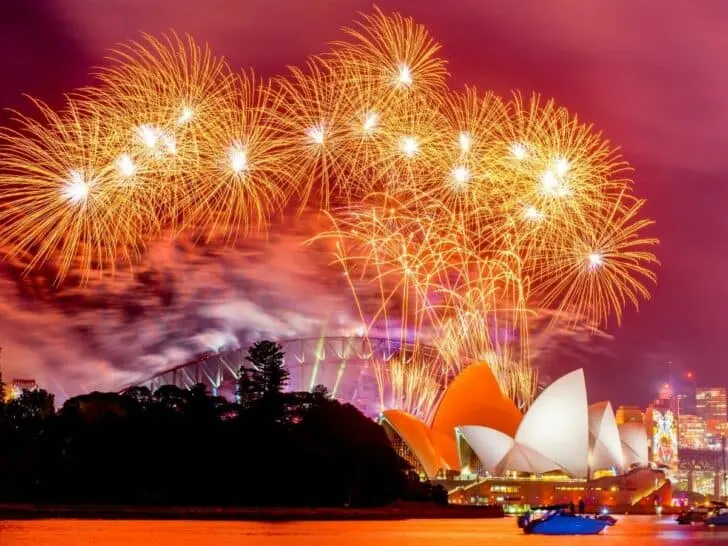Traveling is more than seeing landmarks and smiling for photos. Participate in specific festivals and traditions around the world to dive into a world of vibrant colors, exotic flavors, and ancient heritage.
From the colorful chaos of India’s Holi festival, where revelers drench each other in bright powders and water to celebrate the arrival of spring, to the mesmerizing dance performances of Brazil’s Carnival, where samba rhythms pulse through the streets and sequined costumes shimmer in the sunlight, these festivals offer experiences that can’t be replicated elsewhere.
Carnival (Rio de Janeiro, Brazil)
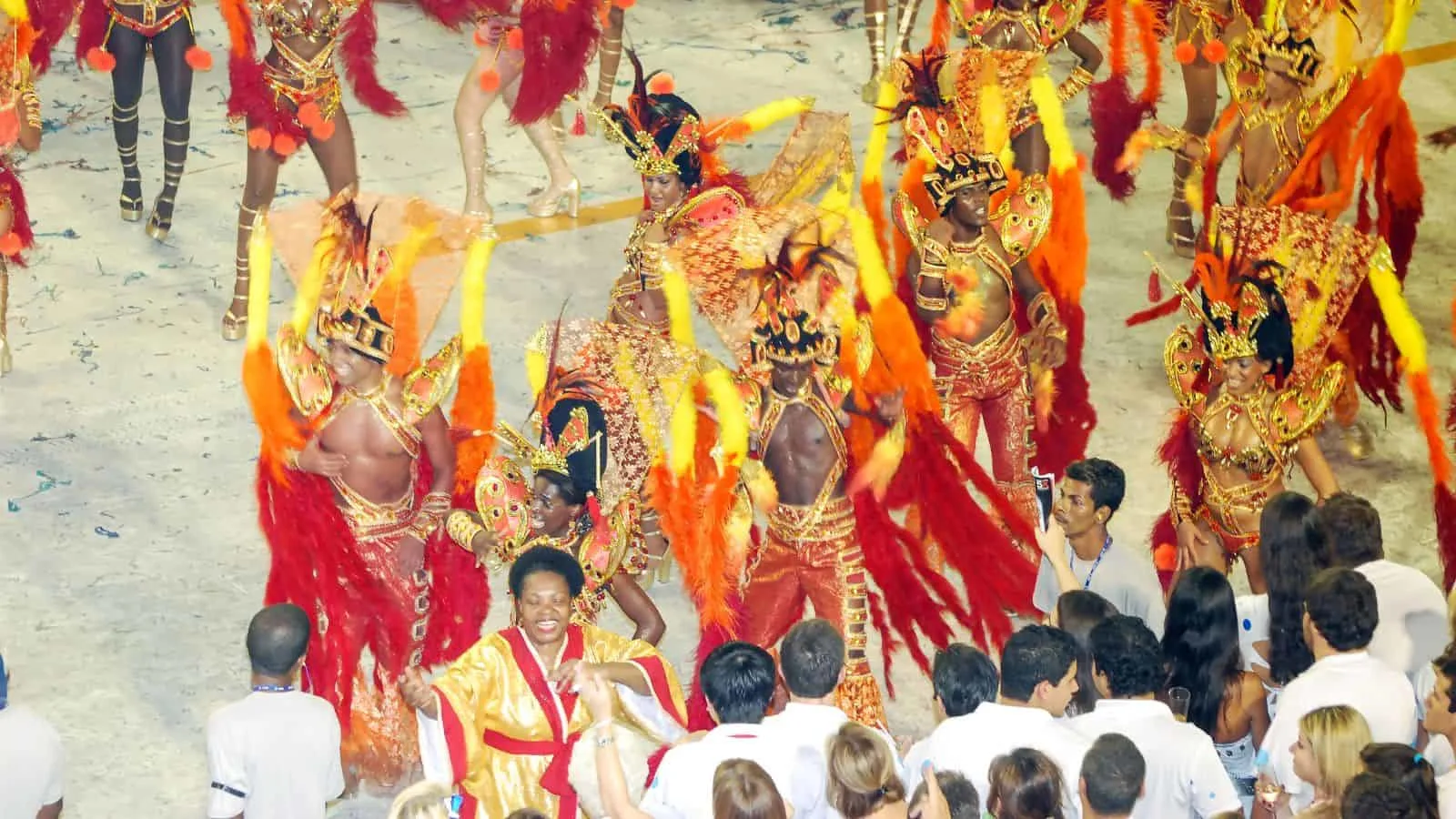
Welcome to the pulsating heart of Brazil’s Carnival in Rio de Janeiro, where the rhythm of samba fills the air, and the spirit of celebration electrifies the streets.
Elbow your way through a sea of elaborate costumes packed with feathers, sequins, and glitter. From the extravagant parades at the Sambadrome, where samba schools compete in a dazzling display of artistry and talent, to the street parties known as blocos, Carnival is a nonstop party.
Oktoberfest (Munich, Germany)
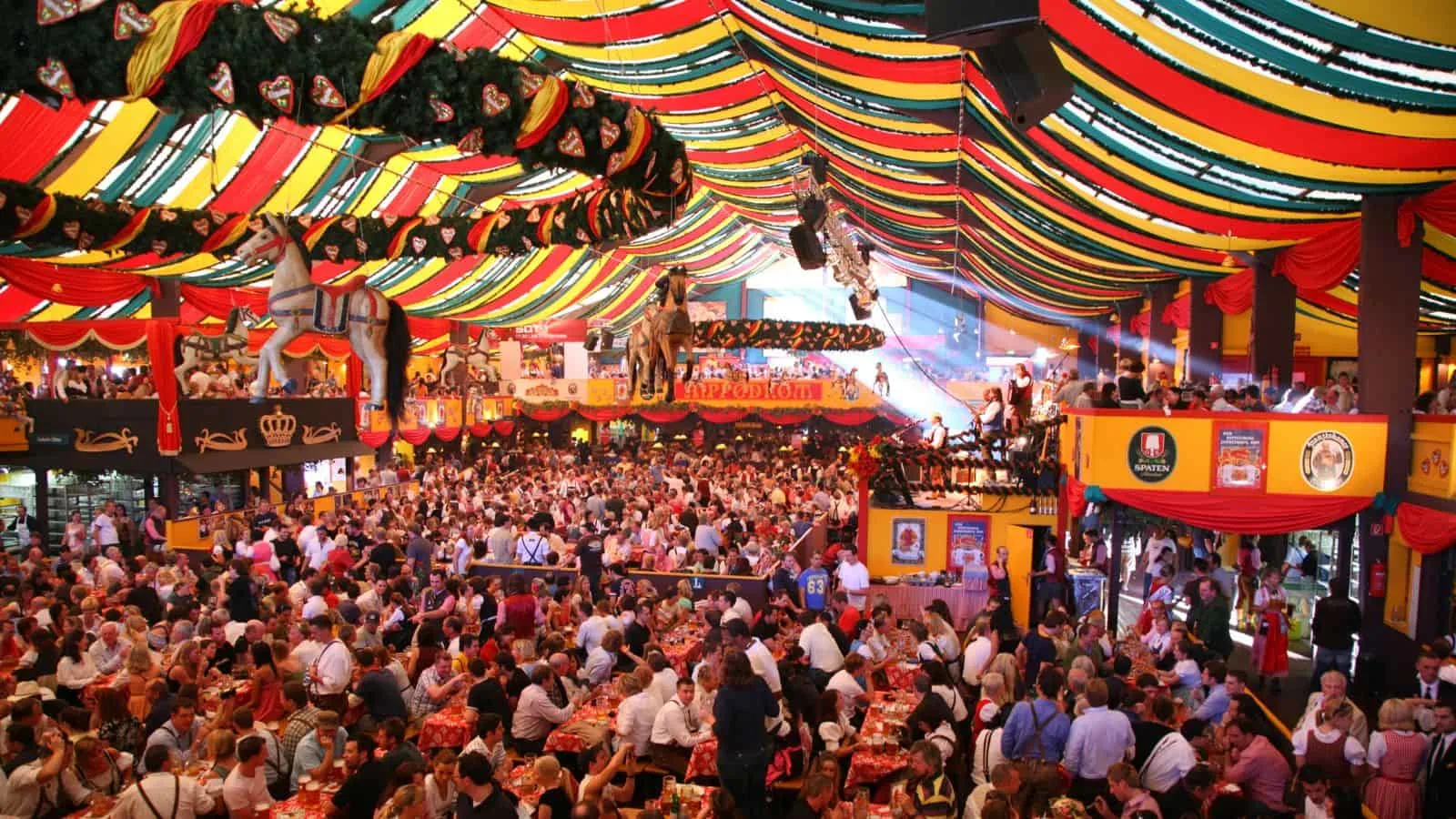
This legendary celebration is a beer lover’s paradise that’s unlike anything you’ve experienced stateside. Massive beer tents overflowing with frothy brews, the scent of freshly baked pretzels fills the air, and the sound of live, traditional Bavarian music echoes from tents to the streets.
Unlike your typical beer festival, the original Oktoberfest in Munich, Germany is an extravaganza that celebrates the very best of Bavarian hospitality and tradition. Locals and visitors alike come together to dress up in dirndls and lederhosen, raise a stein, sing along to oompah bands, and revel in the camaraderie.
Oktoberfest is just as much about the food as it is about the beer. Hearty bratwurst, crispy schnitzels, and giant pretzels the size of your head can be seen on tables throughout the festival.
Naadam Festival (Mongolia)
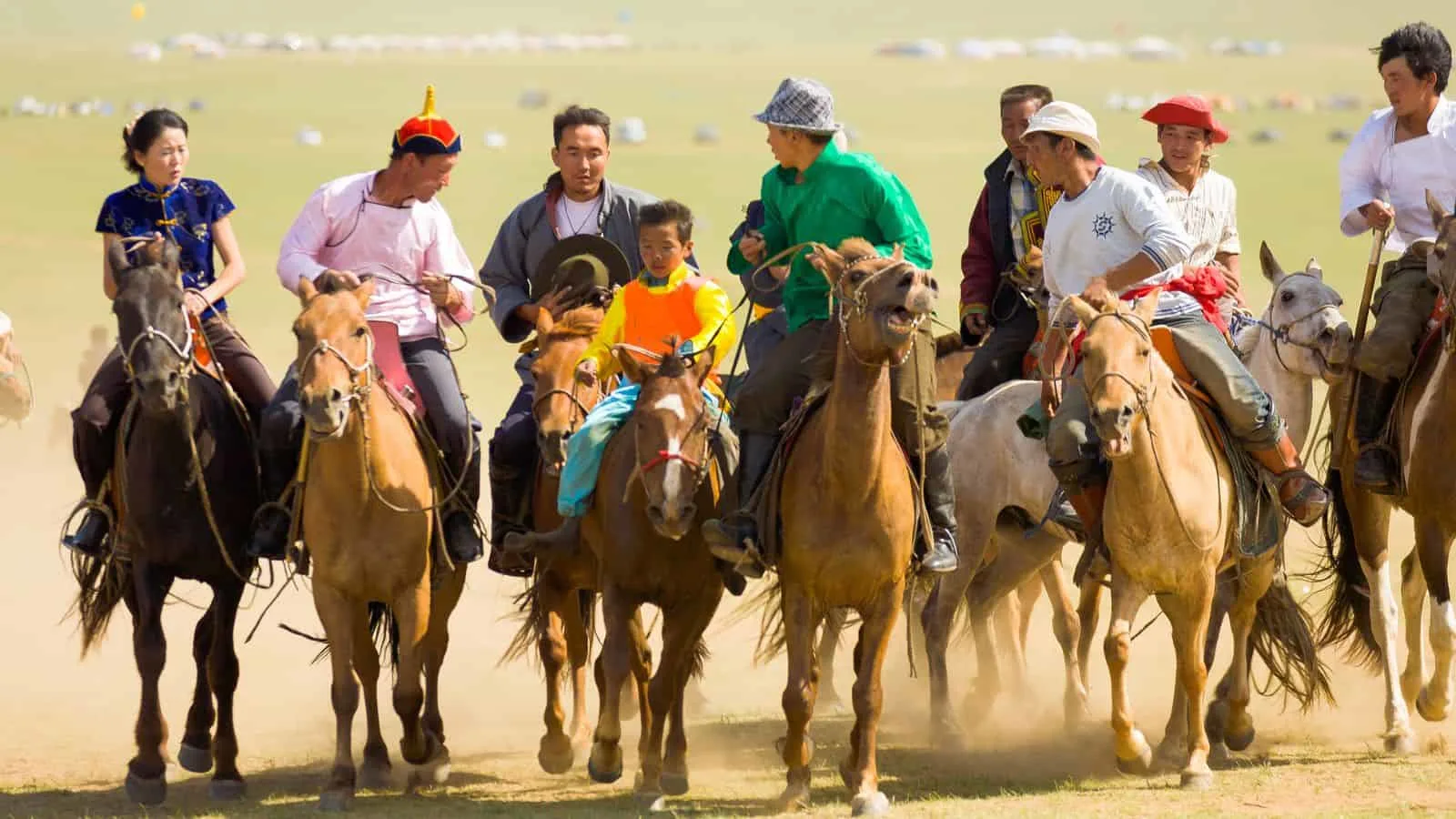
Often referred to as the “Three Games of Men,” the Naadam Festival is a celebration of Mongolia’s rich heritage and history on UNESCO’s Representative List of the Intangible Cultural Heritage of Humanity.
At Naadam, the main events are the “Three Manly Games”: wrestling, horse racing, and archery. Here, you’ll witness some of the fiercest wrestling matches, fastest horse races, and most precise archery competitions in the world, all performed by skilled athletes who have trained for this moment their entire lives.
Día de los Muertos (Oaxaca, Mexico)
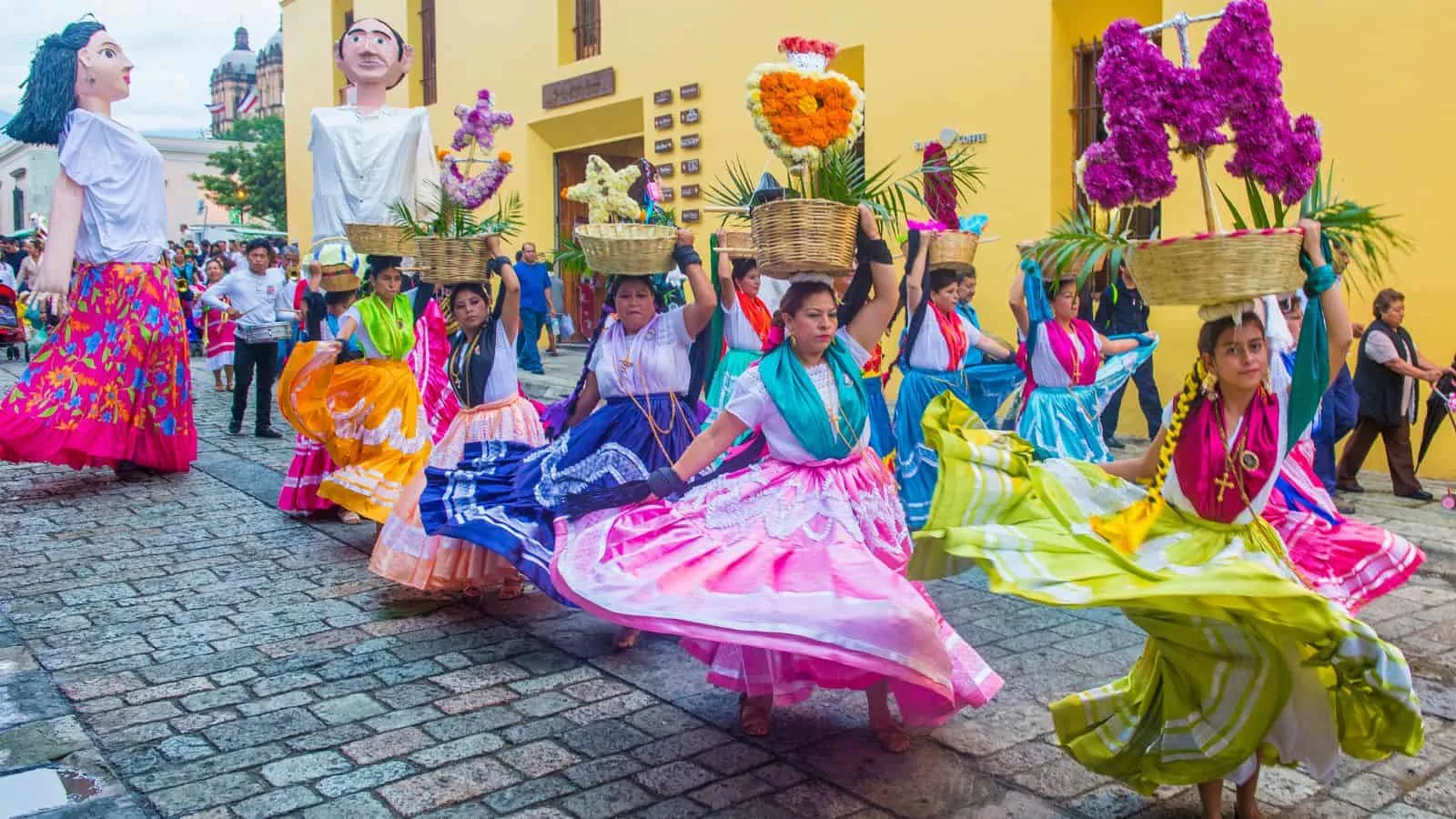
This vibrant festival commemorates the dead and is a joyful and colorful tribute to life itself. The streets of Oaxaca are adorned with vibrant marigolds, intricate papel picado banners, detailed sugar skull figures, and elaborate altars laden with offerings of food, drink, and mementos for the departed.
From the solemn processions to the lively dances and music, Día de los Muertos is one of Mexico’s most traditional festivals. It’s a time for families to come together, to honor their ancestors, and to celebrate the continuity of life and death.
La Tomatina (Buñol, Spain)
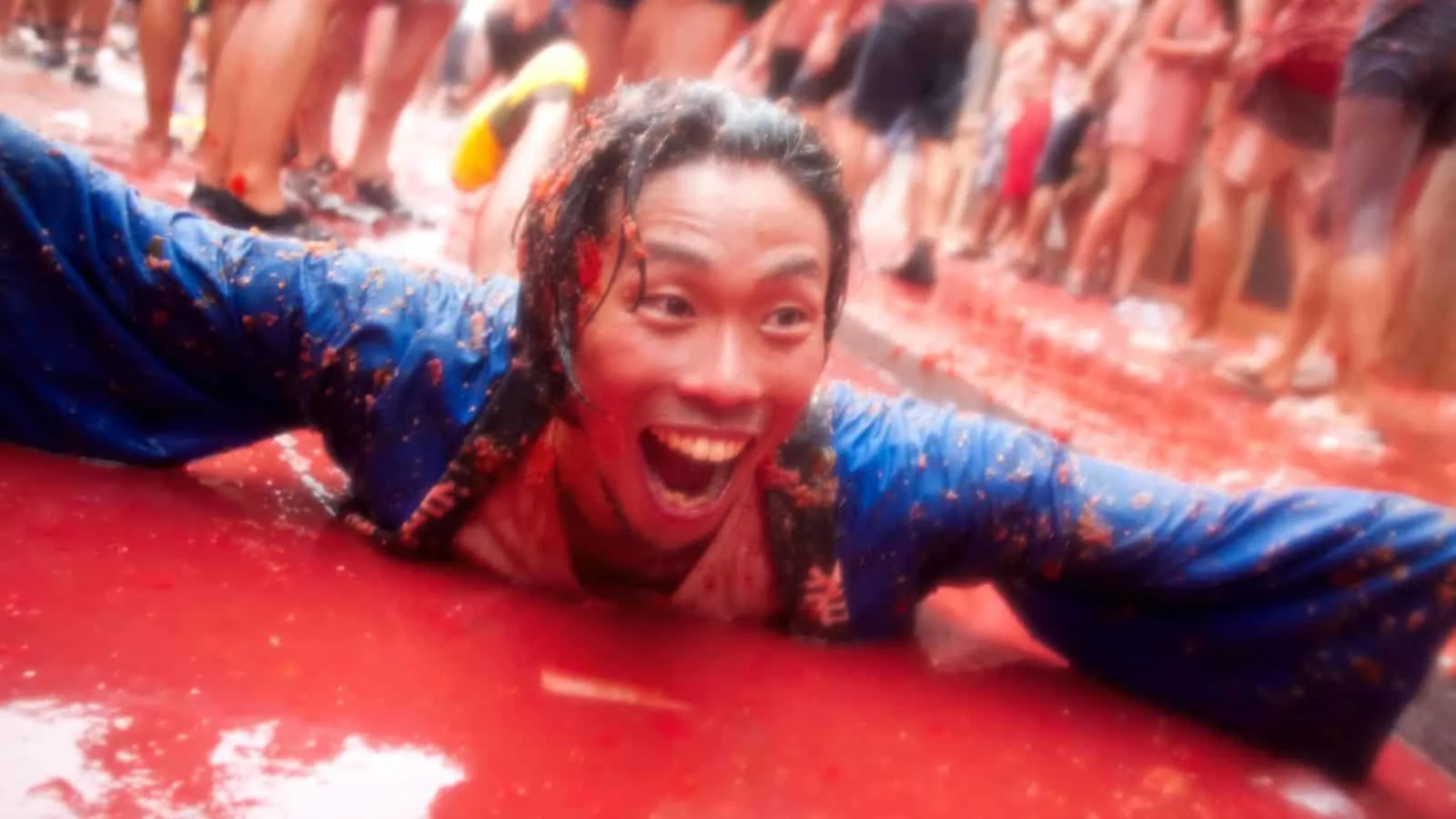
La Tomatina in Buñol, Spain might just be the world’s most epic food fight! This isn’t your grandma’s garden party. La Tomatina is a wild and wacky festival where thousands of revelers gather to pelt each other with ripe, juicy tomatoes until the streets run red.
La Tomatina goes beyond tomatoes. At the core of the festival is letting go of inhibitions and embracing the absurdity of life. Once the tomato-throwing madness is over, the streets of Buñol come alive with music, dancing, and plenty of ice-cold sangria to wash away the tomato stains and cool off after a day of tomato-fueled chaos.
Gion Matsuri (Kyoto, Japan)
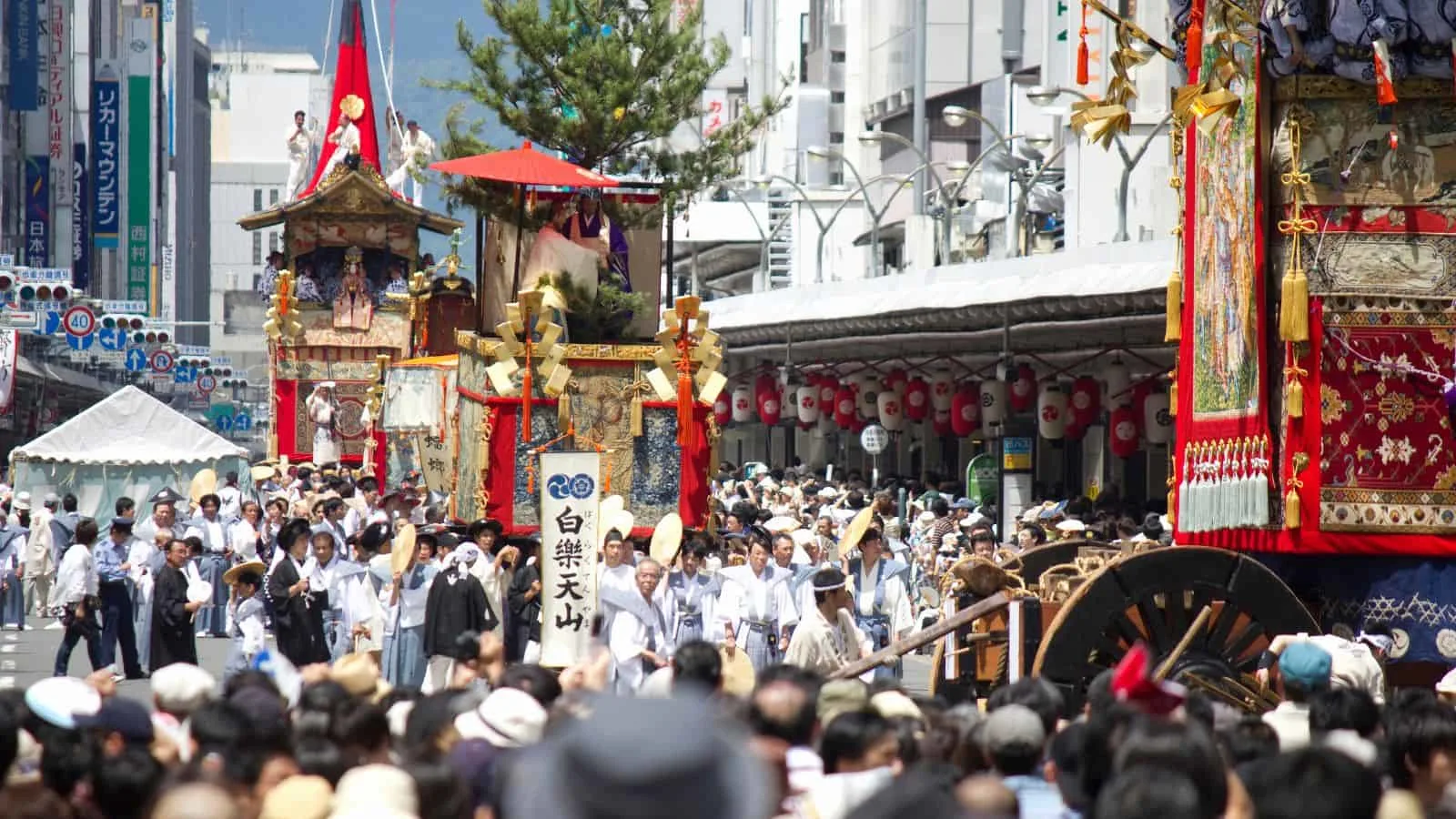
Gion Matsuri is renowned for its stunning floats, known as “yamaboko,” which are meticulously crafted works of art adorned with intricate tapestries, carvings, and ornaments. According to the official tourism board of Japan, these floats, some towering over 25 meters tall and weighing up to 12 tons, are paraded through the streets of Kyoto, Japan.
Before Gion Matsuri is the “yoiyama” festival eve, where the streets of Kyoto come alive with lanterns, food stalls, and lively festivities. Locals and visitors alike gather to soak in the festive atmosphere, sampling delicious street food, shopping for traditional crafts, and marveling at the illuminated floats as they glide through the night.
Loy Krathong (Thailand)
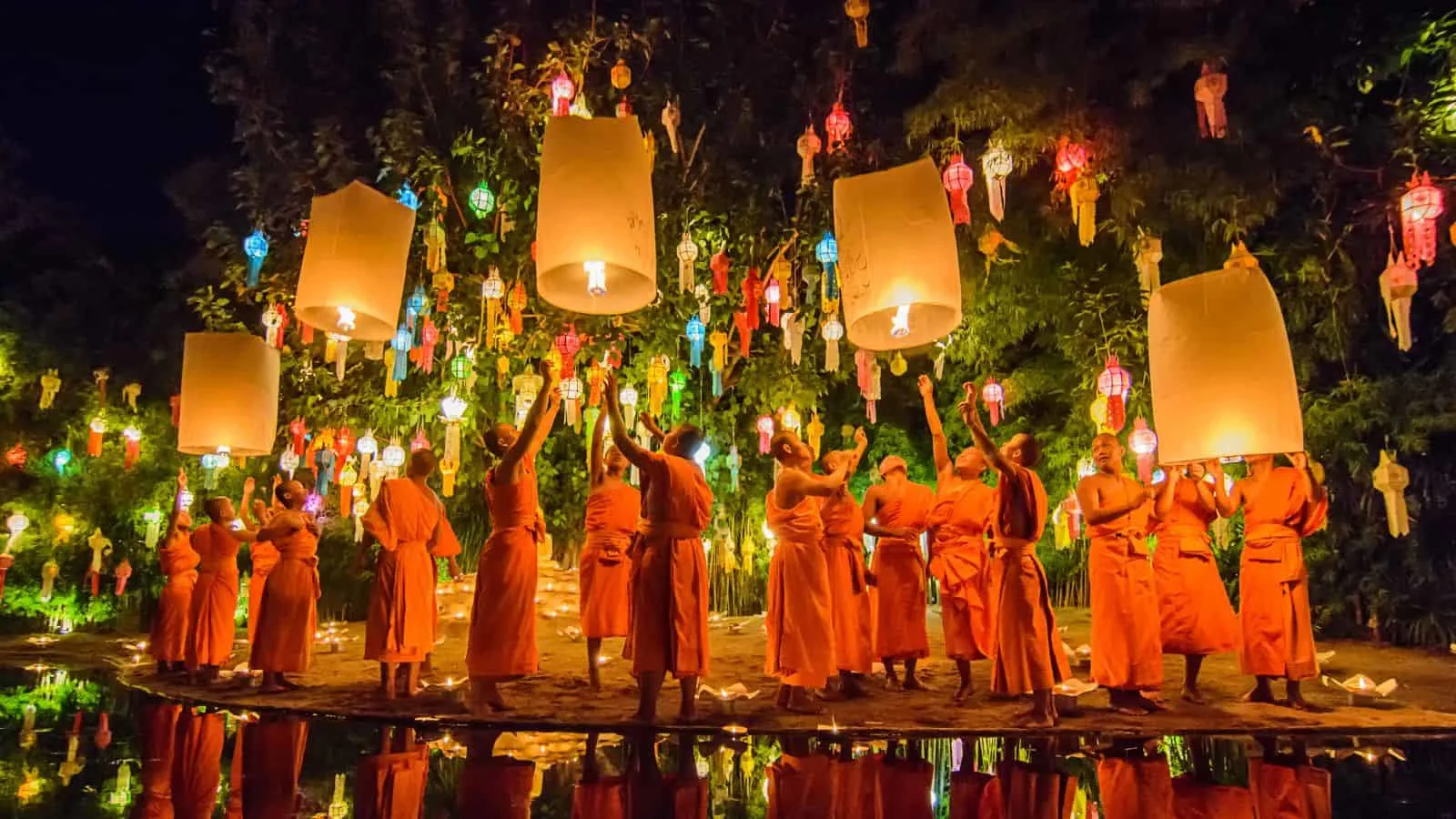
Thailand’s Loy Krathong is a festival of lights on the banks of the Chao Phraya River. Thousands of flickering candles and colorful lanterns float gracefully on the water as incense fills the air and traditional Thai music echoes.
Loy Krathong is based on a spirit of renewal and gratitude. As you release your krathong, or floating lantern, onto the water, you’ll join thousands of others in a symbolic gesture of letting go of the past and embracing the future. It’s a deeply spiritual experience that will leave you feeling rejuvenated and at peace with the world.
After the lantern release, join in the festivities on land, where you’ll find vibrant street markets, colorful parades, and traditional performances taking place throughout the night.
Holi (India)
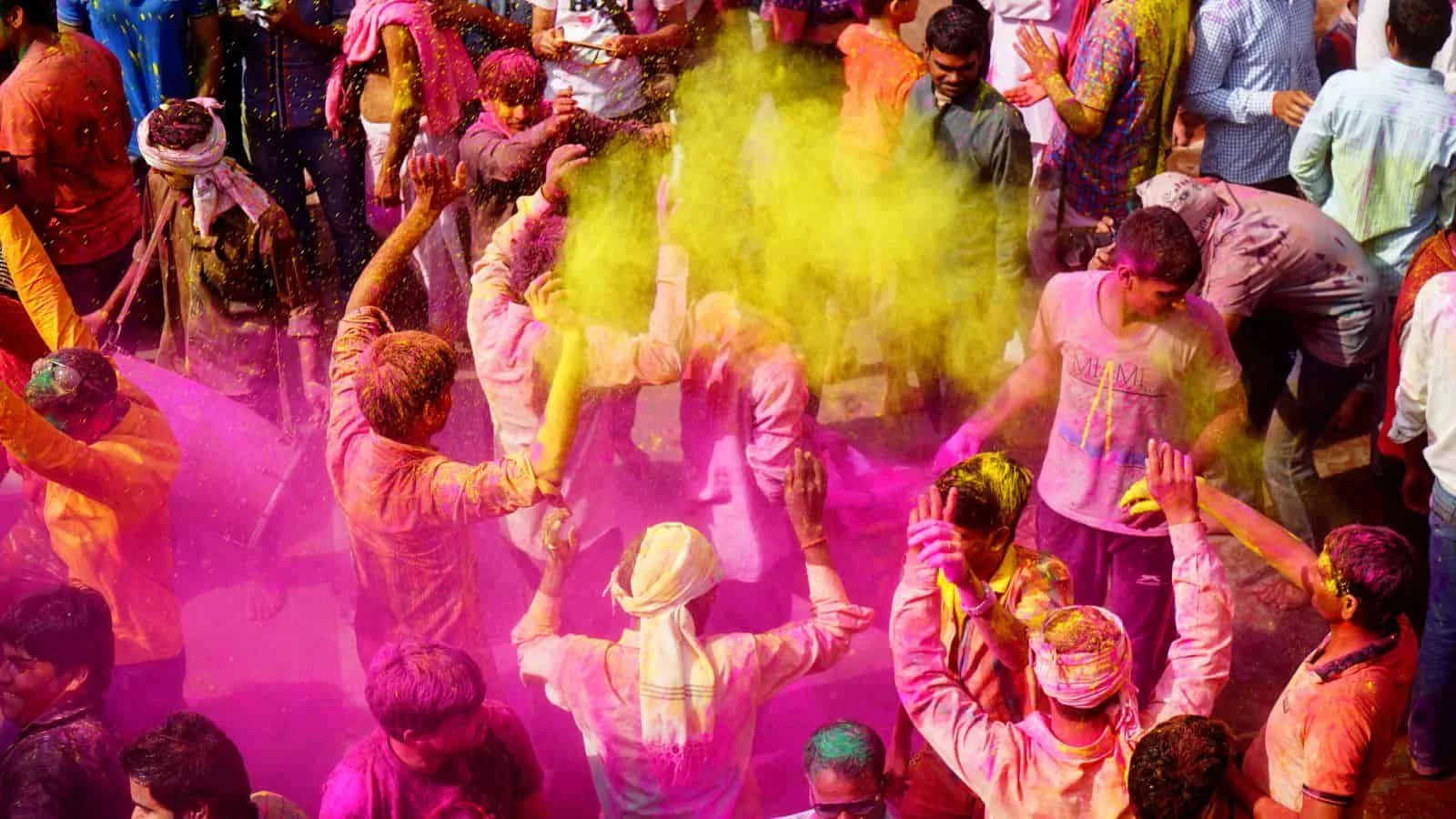
This kaleidoscopic celebration, deeply rooted in Hindu mythology, transforms the streets of India into a canvas of joyous chaos. The streets of Mathura, the birthplace of Lord Krishna, are where the festivities kick off with the traditional Lathmar Holi. Here, women playfully beat men with sticks as a reenactment of Krishna’s playful antics with the gopis.
As the festival progresses, head to Vrindavan, where the air is filled with the scent of flower petals and clouds of colored powder fill the sky. Witness the traditional Phoolon ki Holi, where participants drench each other in fragrant flower petals instead of colored powder.
Join the locals in lighting bonfires on the eve of Holi to symbolize the triumph of good over evil, and witness the playful splashing of water and exchange of sweets as the festival reaches its crescendo.
Chinese New Year (China)
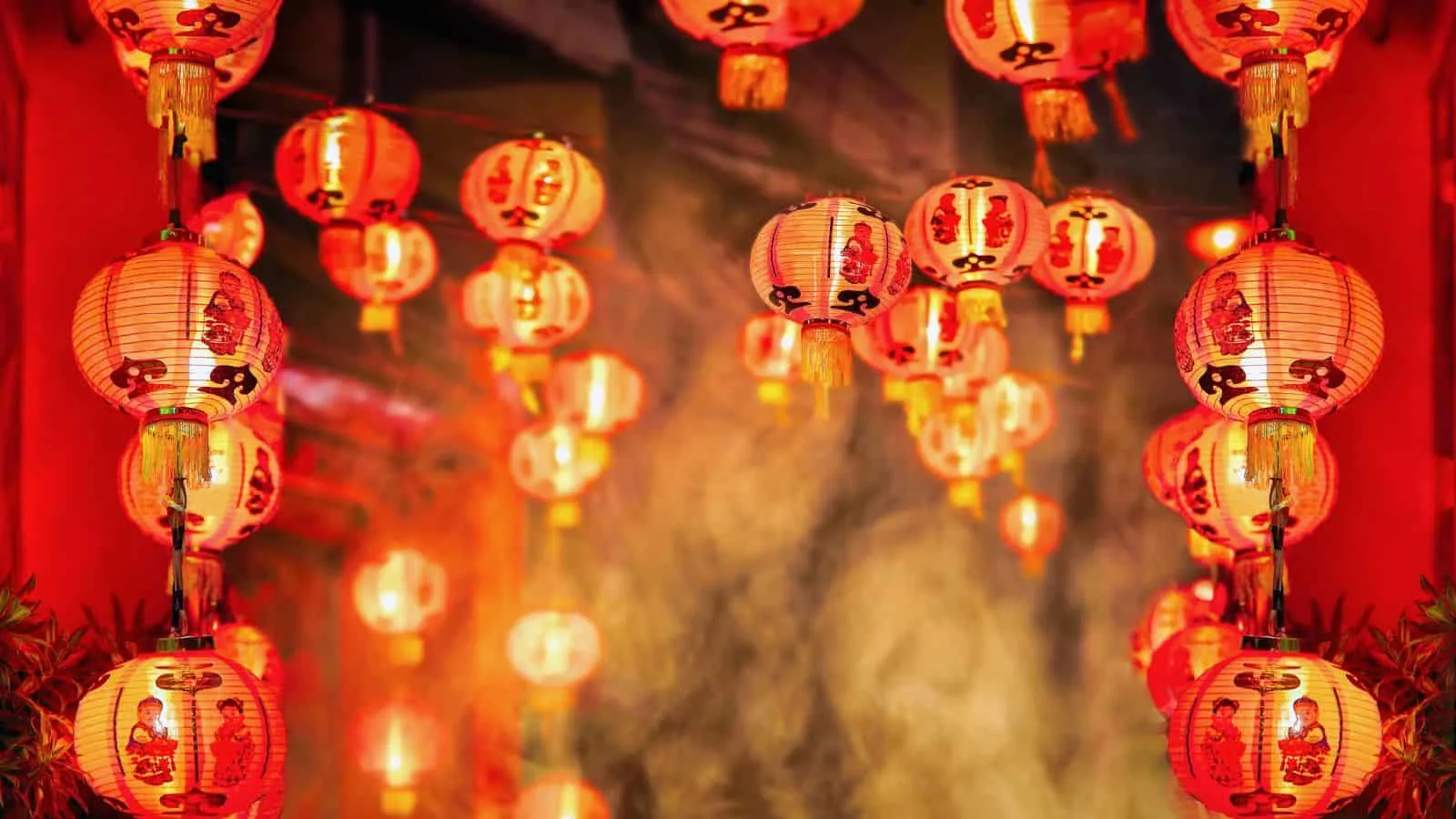
Chinese New Year marks the beginning of the lunar new year and is the most important holiday in Chinese culture. It represents a time of renewal, reunion, and hope for the future.
In Beijing, iconic landmarks like the Temple of Heaven and the Forbidden City come alive with dazzling displays of red lanterns and intricate decorations. Locals pay homage to ancestors at traditional ceremonies, where offerings of food and incense are made in reverence.
Venture into the heart of Shanghai to witness the awe-inspiring spectacle of the city’s renowned fireworks display, which illuminates the night sky with bursts of color and light. Skilled performers perform centuries-old dragon and lion dances.
Food has extra meaning for the Chinese New Year, like eating noodles for longevity. Try steaming bowls of dumplings and savory spring rolls, as well as sweet treats like tangyuan and nian gao.
Running of the Bulls (Pamplona, Spain)
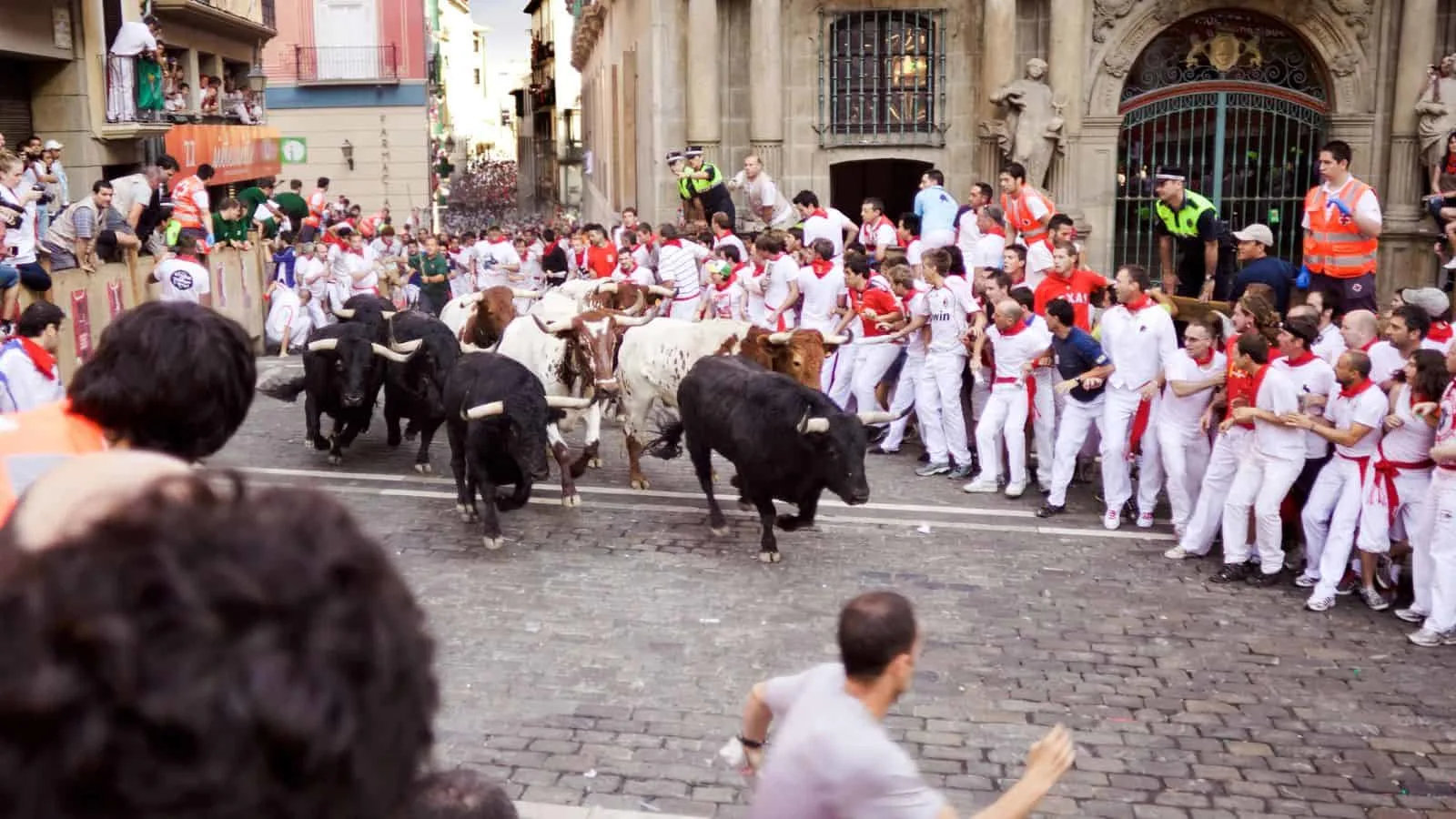
This iconic tradition, part of the larger San Fermín festival, sees brave souls sprinting alongside massive bulls through the narrow streets of the city. Participants anxiously await the sound of the starting gun as they prepare to sprint alongside massive bulls through the narrow cobblestone streets of Pamplona.
After the adrenaline rush of the bull run, the party continues into the night with sangria-fueled street parties that keep the energy going.
Festival of the Sahara (Douz, Tunisia)
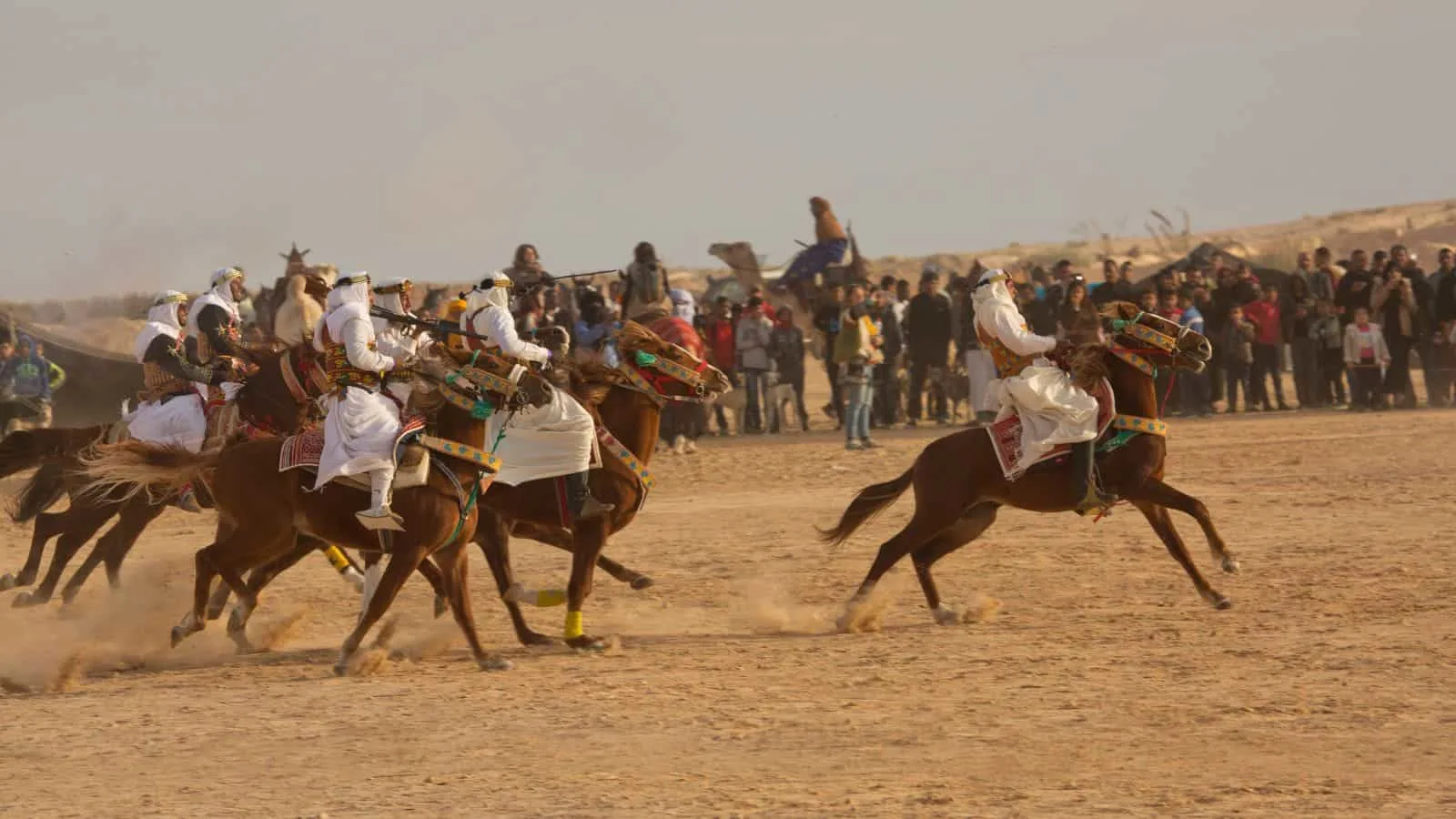
Held annually on the edge of the vast Sahara Desert, the Festival of the Sahara brings together nomadic tribes from across the region to showcase their heritage through music, dance, and ancient rituals.
Tents and bustling market stalls are set up, where vendors sell traditional handicrafts, textiles, and spices. The air is filled with the tantalizing aroma of grilled meats and spices. Hear the rhythmic beat of drums as performers entertain crowds with traditional songs and dances.
There’s a unique opportunity to experience nomadic life here through camel races and horseback riding to falconry displays and desert safaris. You can even try your hand at traditional crafts like weaving and pottery-making or eat local cuisine cooked over open fires.
Cherry Blossom Festival (Tokyo, Japan)
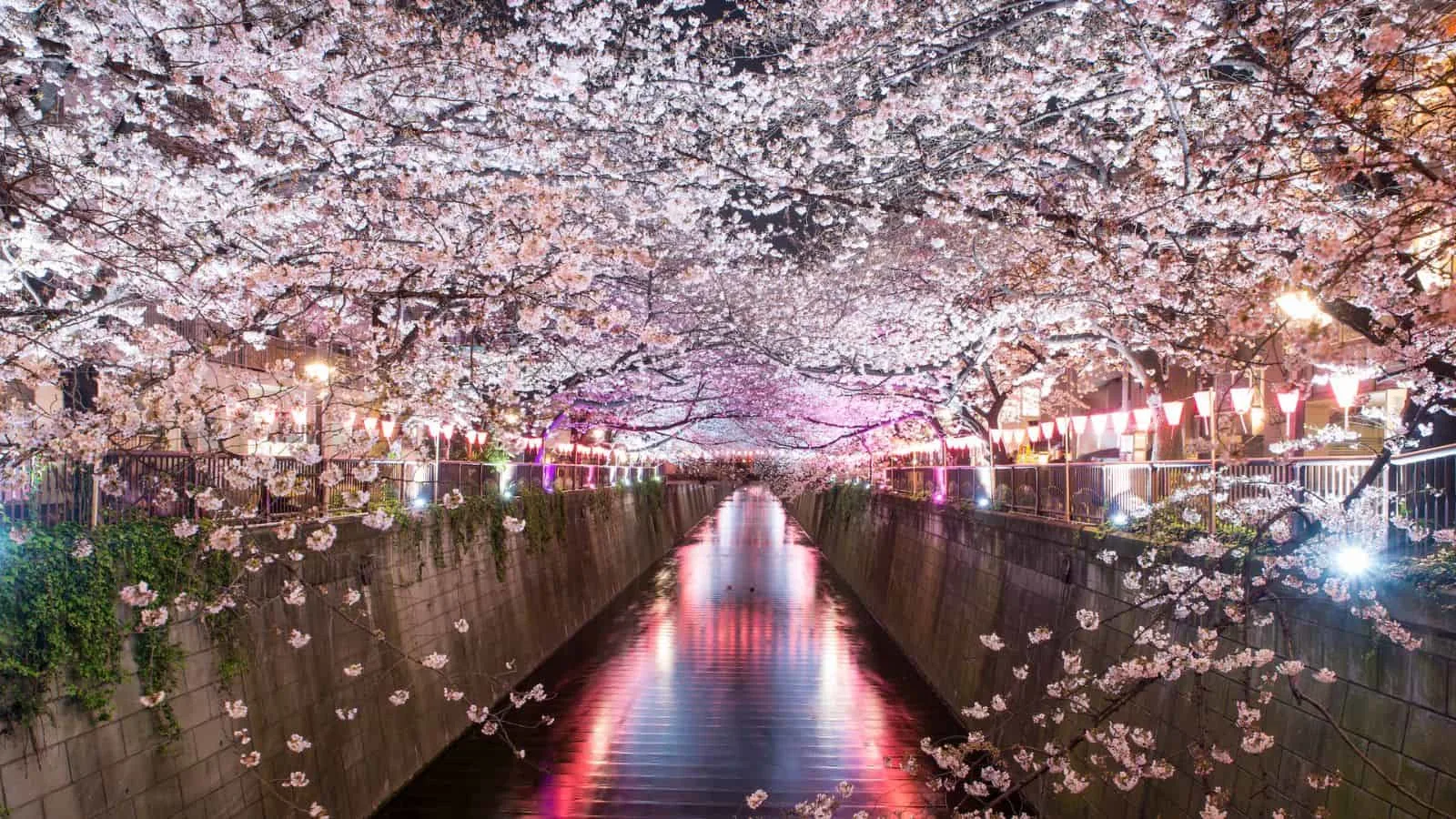
Tokyo’s dense cherry blossom trees turn the city into something out of a fairytale. Known as “Hanami,” or flower viewing, this beloved tradition has been celebrated for centuries and holds a special place in the hearts of the Japanese people. The sweet scent of cherry blossoms engulfs the city as soft petals drift gently to the ground, creating a sense of serenity and wonder at the best spots for viewing the flowering trees.
Throughout the festival, you’ll find a wide range of events and activities to enjoy like traditional tea ceremonies, sake tastings, art exhibitions, and live music performances. Plan your trip well in advance—Tokyo becomes extremely busy during this time. Book early to ensure your hotel is in one of the city’s top neighborhoods, which will make getting around to complete your itinerary much easier.
Semana Santa (Antigua, Guatemala)
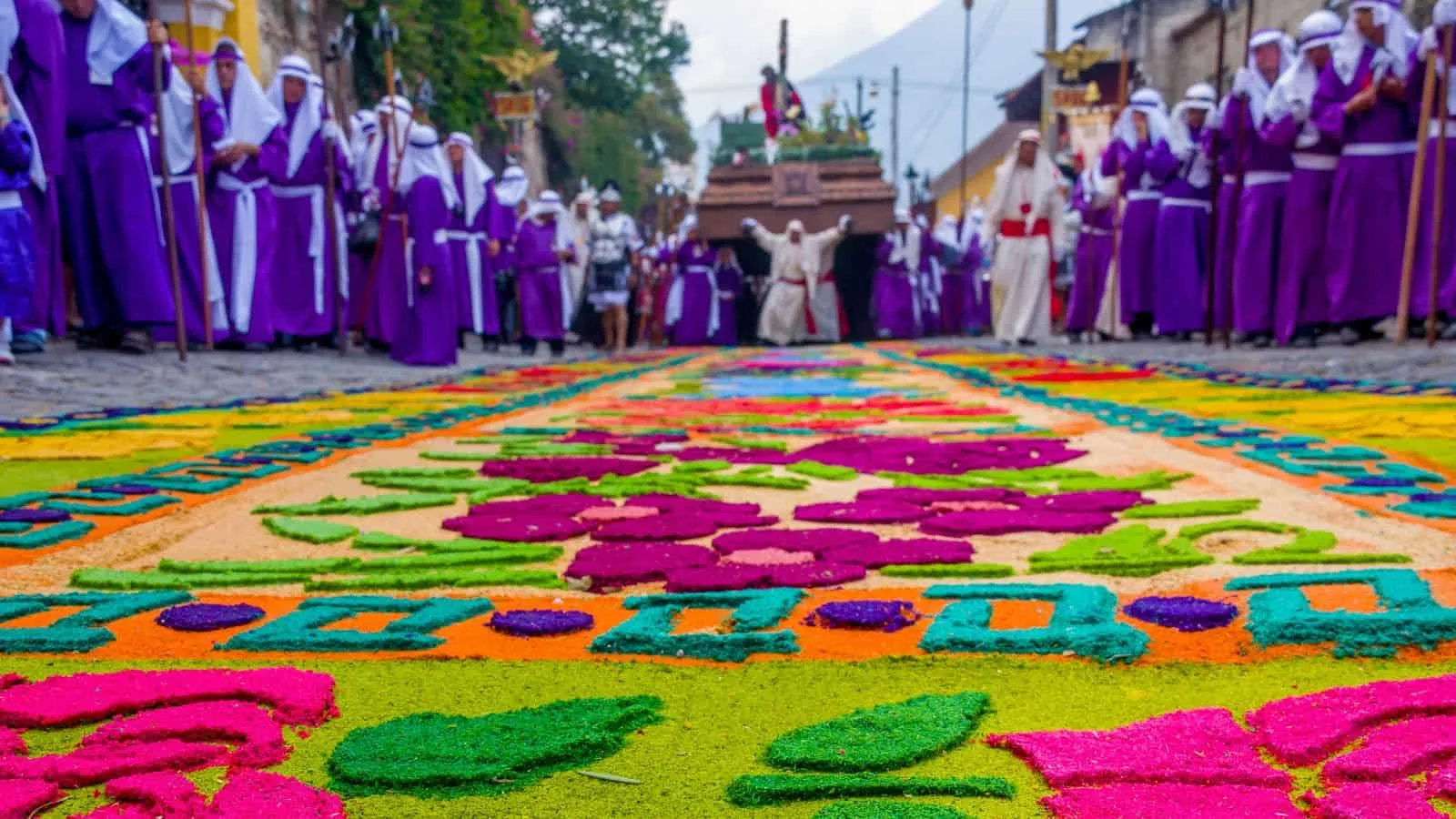
Semana Santa is an annual festival marking the week leading up to Easter Sunday, characterized by elaborate processions, religious ceremonies, and vibrant displays of devotion. Processions wind through the historic city center, accompanied by solemn drumbeats and mournful chants. Each day is marked by large floats carrying statues depicting scenes from the Passion of Christ, followed by penitents dressed in traditional robes, their faces hidden as they carry crosses and light candles.
Churches host religious services and ceremonies, drawing locals and visitors to participate in the rituals passed down for generations. The festival continues into the night when the streets come alive with vibrant displays of alfombras, or carpets, made from colored sawdust, flowers, and natural materials which line the processional route.
One of the most poignant moments is the silent procession of La Virgen de Soledad on Good Friday. Carried by mourners through the streets, this solemn event symbolizes the grief of the Virgin Mary as she mourns the death of her son, Jesus Christ.
Timkat (Ethiopia)
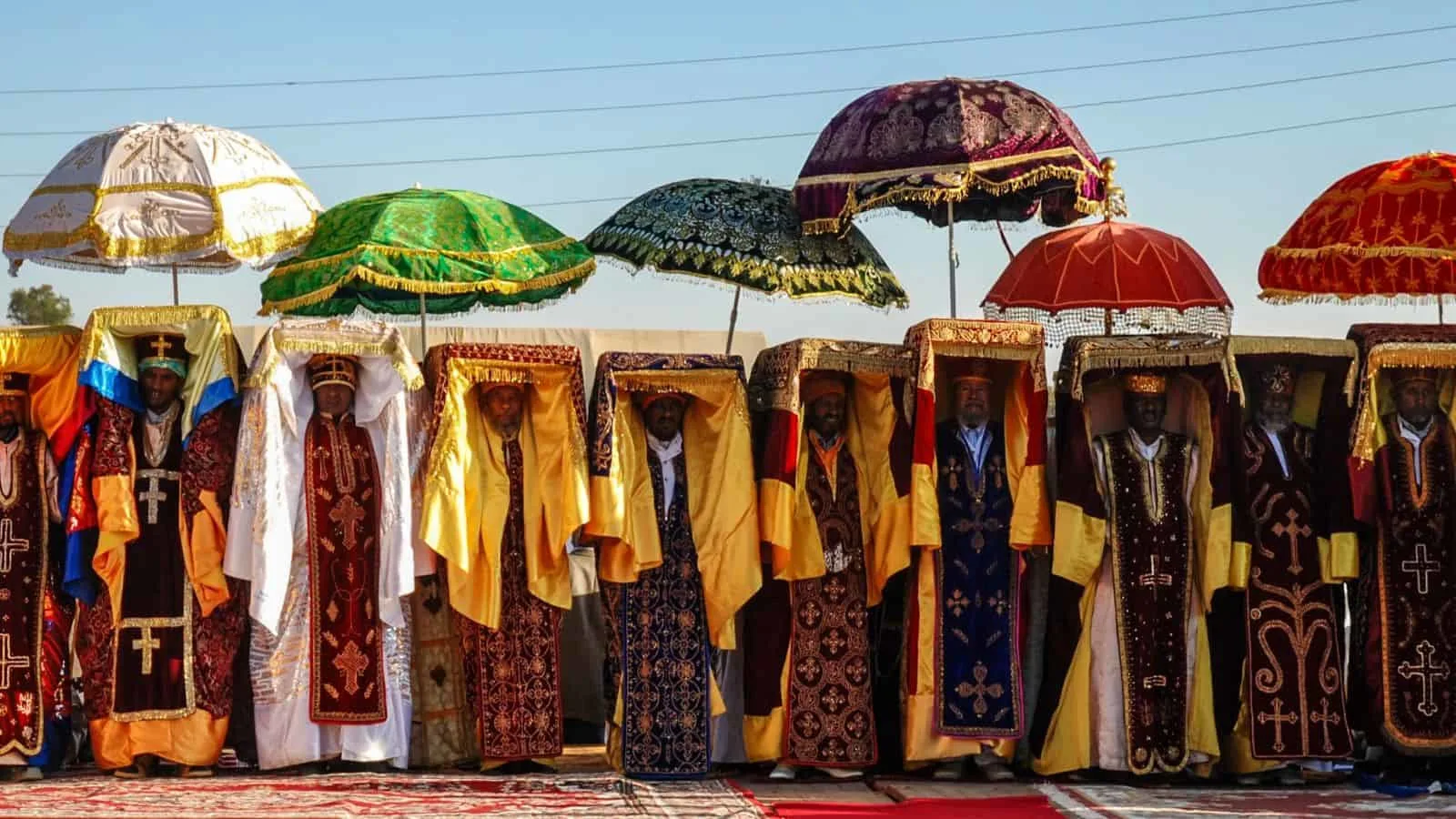
Timkat is a celebration of Epiphany that encapsulates Ethiopia’s religious heritage and profound spirituality. Timkat, meaning “baptism” in Amharic, is a time when communities across Ethiopia come together to commemorate Jesus Christ’s baptism in the Jordan River.
Most unique to Timkat is the ceremonial reenactment of Jesus’ baptism, known as the Ketera, which takes place on the eve of the festival. Crowds gather at rivers and springs across the country, where priests bless the water and believers immerse themselves in the sacred waters, symbolizing a spiritual rebirth and renewal.
Timkat is also a time for feasting, fellowship, and community bonding. Families come together to share traditional dishes such as injera, doro wat, and tej (honey wine) while children play games and participate in performances.
Venice Carnival (Venice, Italy)
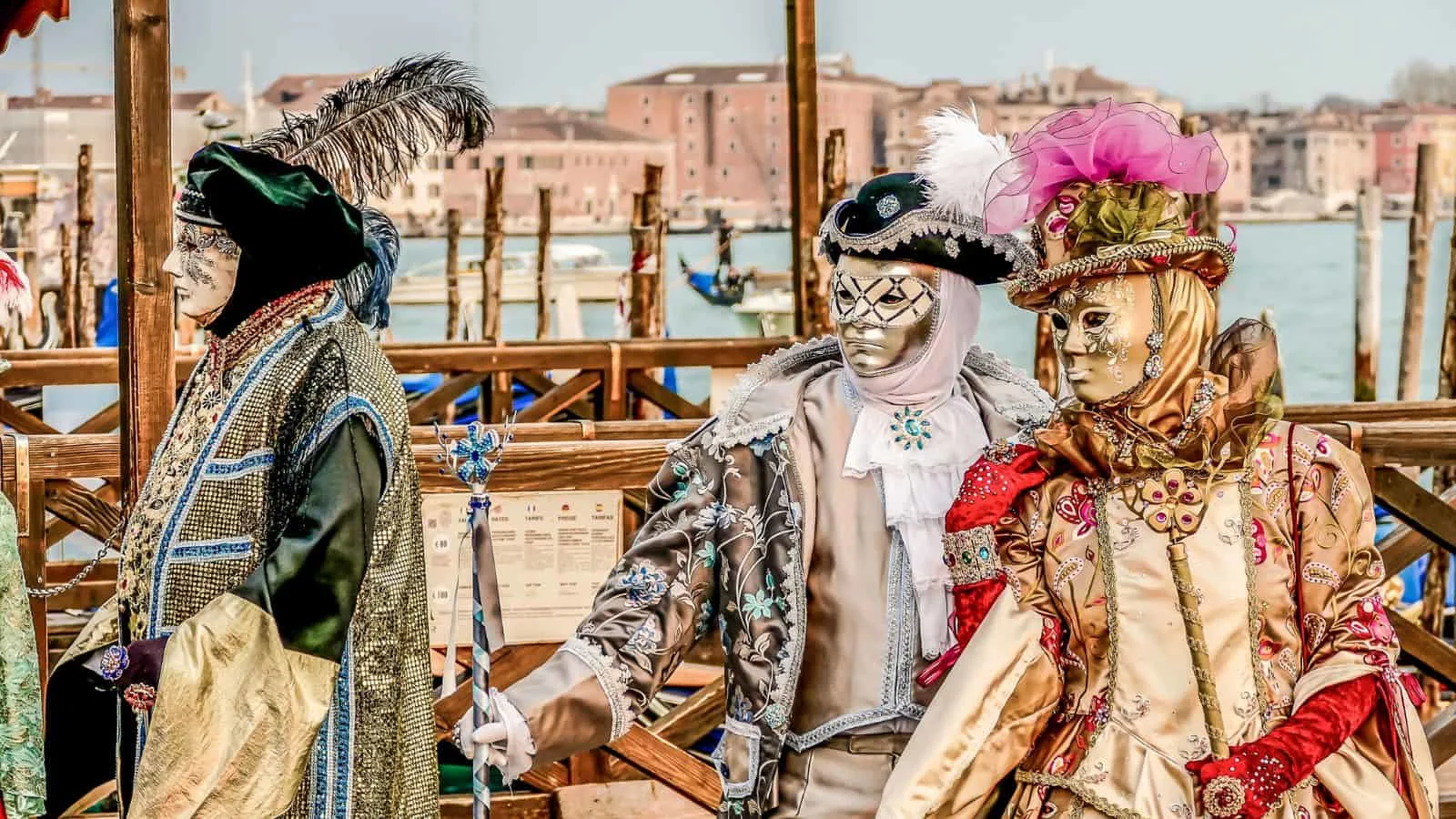
Venice Carnival, a celebration dating back to the 11th century, transforms the historic streets and canals of Venice into a vibrant stage for detailed costumes, masked revelers, and fun festivities. The festival truly evokes the opulence and grandeur of the Venetian Republic’s golden age, making it one of the best things to see in Venice.
During the Carnival, Venice comes alive with masquerade balls, street performances, and other events. The festival’s costume and mask-wearing traditions are from a time when anonymity was prized, and social barriers were temporarily lifted.
Inti Raymi (Cusco, Peru)
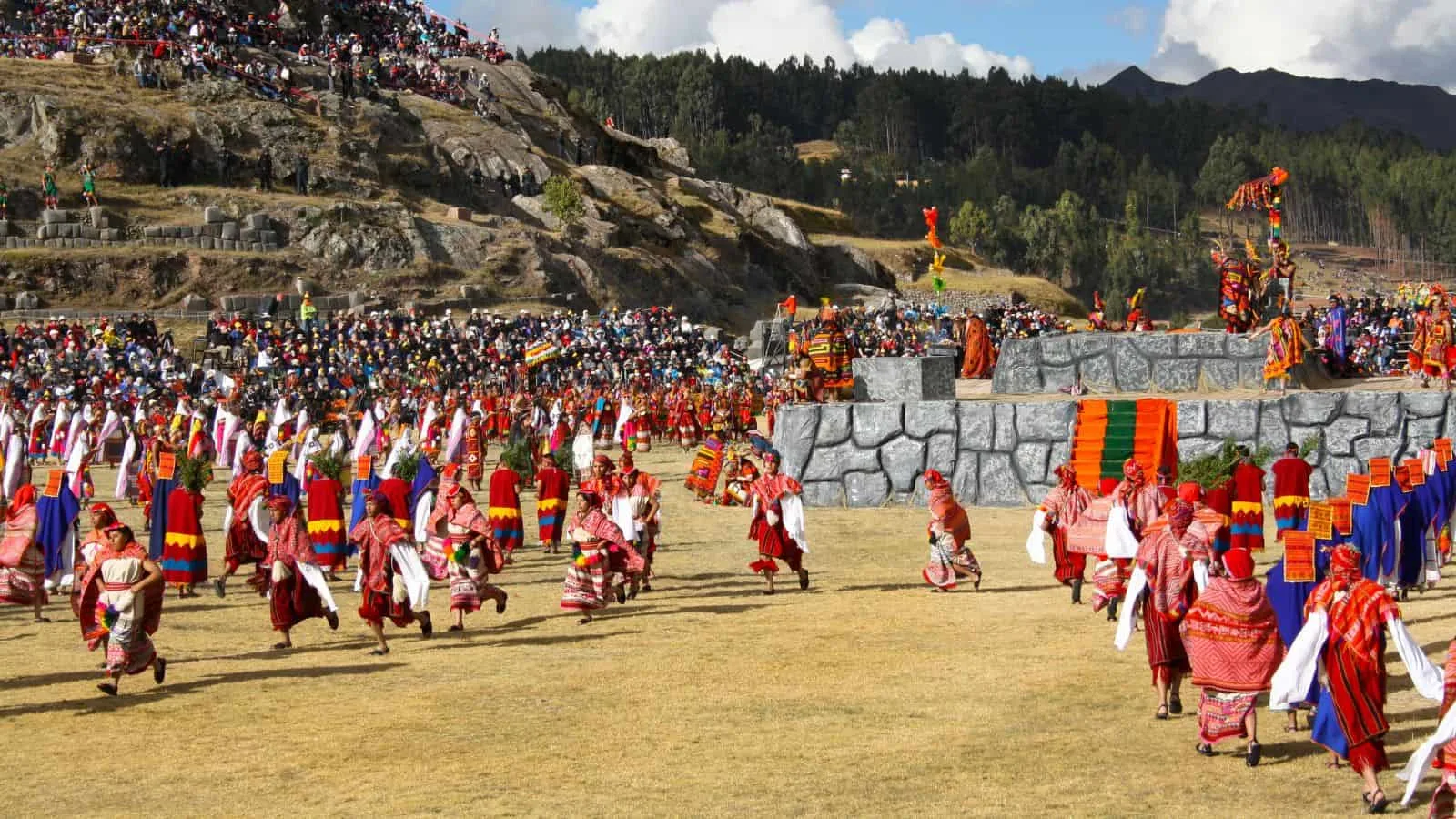
Inti Raymi, the Festival of the Sun, honors the Inca god Inti, the sun deity, and pays tribute to the winter solstice in the Southern Hemisphere. Held annually in Cusco, Peru, a city near Machu Picchu, Inti Raymi is a top display of Andean culture and tradition, dating back to the time of the Inca Empire.
The festival begins with an ancient ritual at the historic site of Sacsayhuamán, where participants offer prayers and blessings to the sun god Inti. Participants wear traditional Inca attire adorned with bright colors, complex patterns, and symbolic motifs. The festival also features traditional Andean music and dance performances, including the Quechua dances that pay homage to the Andean mountains and agricultural cycles.
As the sun sets over the majestic Andes mountains, the culmination of Inti Raymi takes place in the historic Plaza de Armas, where a reenactment of the ancient Inca ceremony unfolds. Led by actors portraying the Inca emperor and high priests, the ceremony includes offerings to the sun god Inti and prayers for a bountiful harvest and prosperity in the year ahead.
16 Bucket List-Worthy UNESCO World Heritage Sites
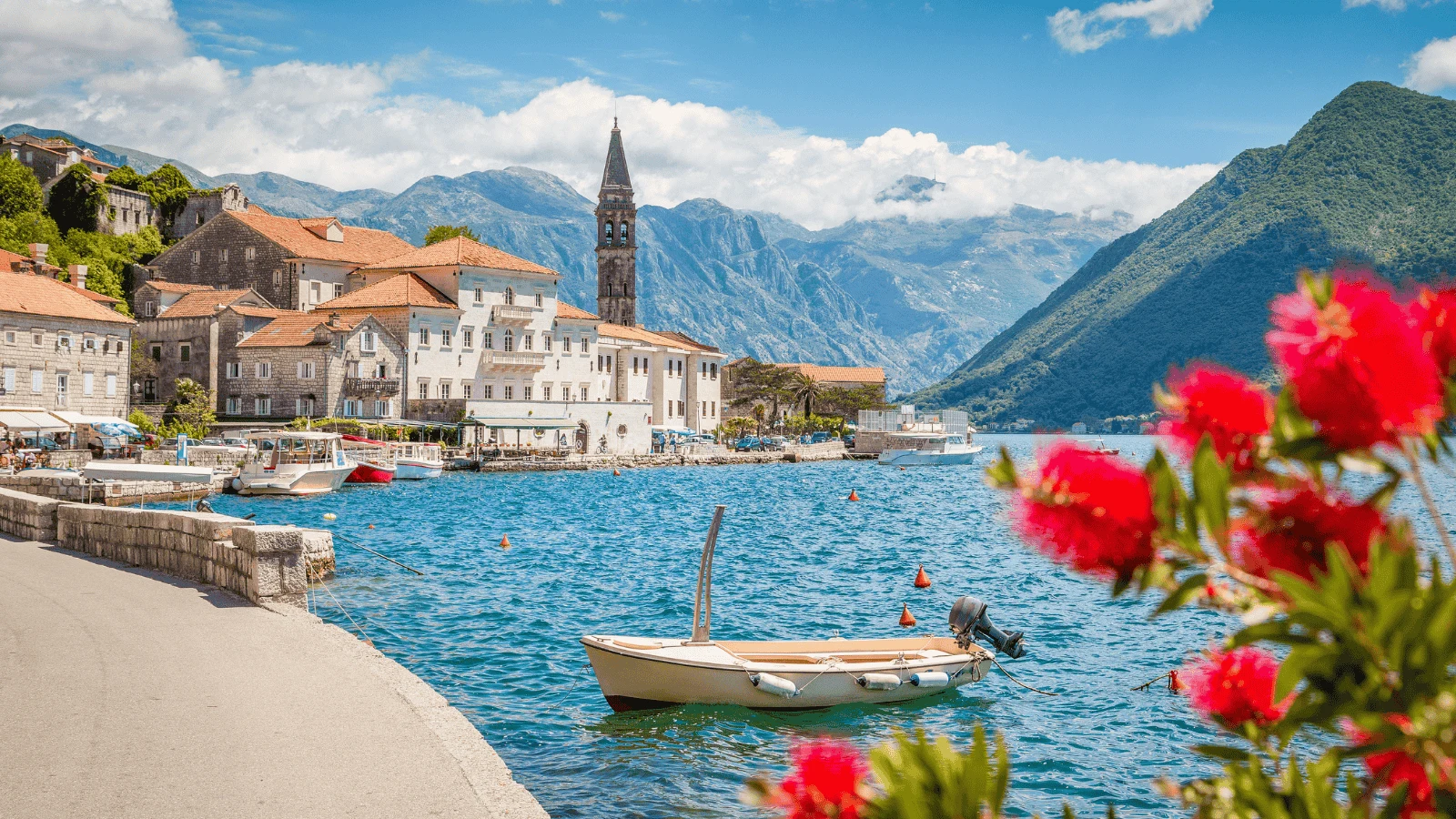
Dive further into the deep history and diverse culture of the world by adding these must-visit UNESCO World Heritage Sites to your travel plans.
Select images provided by Depositphotos.com.

Elise Armitage is an entrepreneur and founder of What The Fab, a travel + lifestyle blog based in California. At the beginning of 2019, Elise left her corporate job at Google to chase her dreams: being an entrepreneur and helping women find fabulous in the everyday. Since then, she’s launched her SEO course Six-Figure SEO, where she teaches bloggers how to create a passive revenue stream from their website using SEO. Featured in publications like Forbes, Elle, HerMoney, and Real Simple, Elise is a firm believer that you can be of both substance and style.

